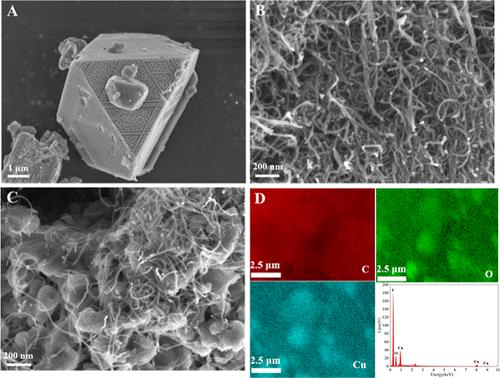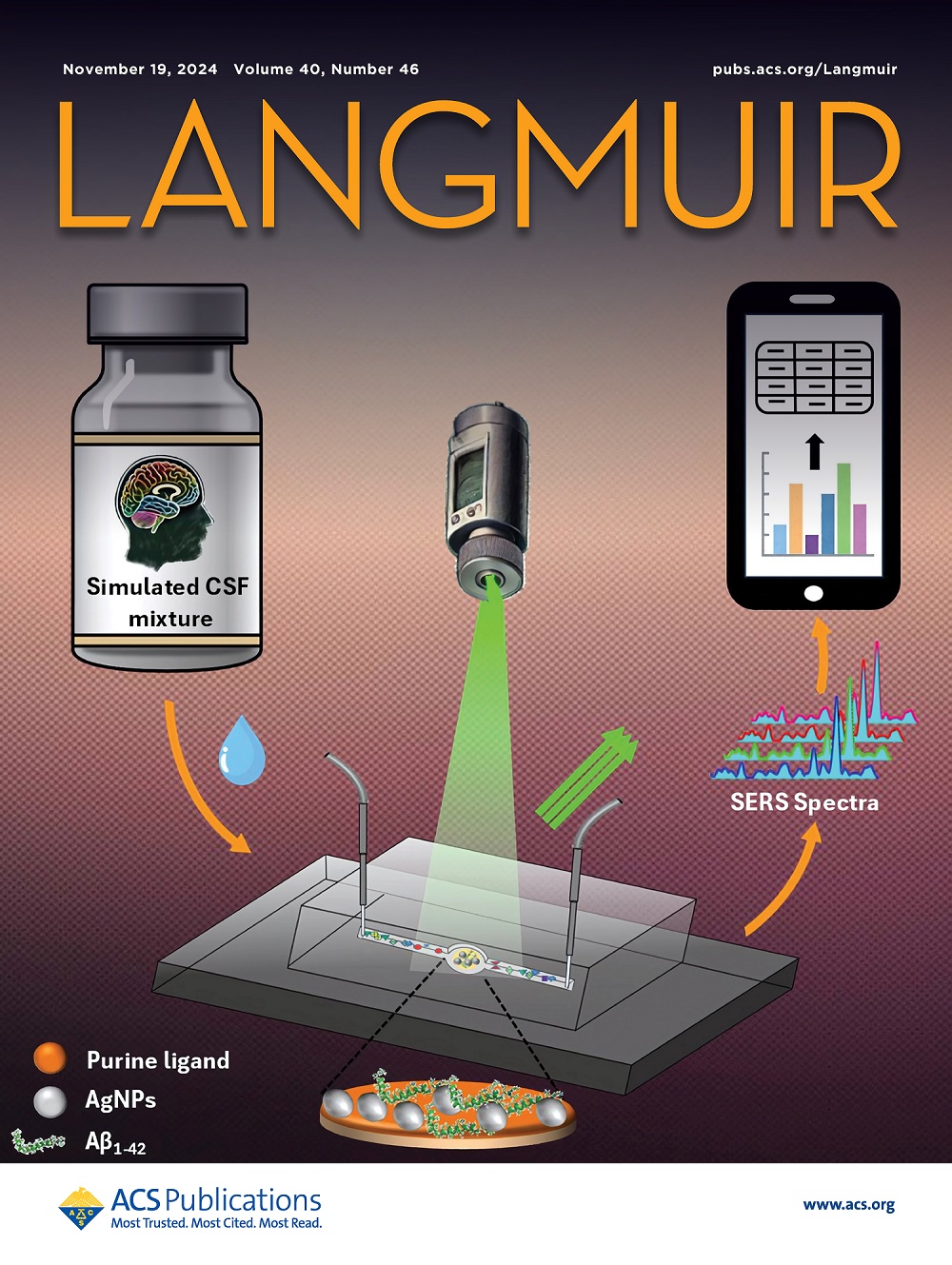Novel Electrochemical Sensor Based on Cu-MOF/MWCNT-COOH for the Simultaneous Detection of Ascorbic Acid and Dopamine
IF 3.7
2区 化学
Q2 CHEMISTRY, MULTIDISCIPLINARY
引用次数: 0
Abstract
By utilizing carboxylated multiwalled carbon nanotubes (MWCNT-COOH) to strengthen the interaction between the electrode and the analytes and improve the conductivity of the composite material and in conjunction with the superior catalytic properties of copper-based metal–organic framework (MOFs), a novel electrochemical sensor was fabricated from a Cu-MOF/MWCNT-COOH composite, specifically designed for the simultaneous and distinct detection of ascorbic acid (AA) and dopamine (DA). Electrochemical analyses were conducted on the innovative Cu-MOF/MWCNT-COOH electrode through both CV and DPV, revealing unique electrochemical behaviors for AA and DA. The sensor not only showed exceptional electrocatalytic properties but also distinguished itself by its broad dynamic response ranges, covering concentrations from 3 to 1800 μM for AA and from 2 to 180 μM for DA, with detection limits (S/N = 3) of 3.00 μM for AA and 0.32 μM for DA. Furthermore, this electrochemical detection platform exhibited robust reproducibility and selectivity. Examinations of serum samples yielded the recovery rates of AA and DA which were 101.9% and 102.1%, respectively, confirming the sensor’s capability to perform reliably under varied biological conditions. The findings confirm the sensor’s potential of the proposed method for the simultaneous, sensitive, and reliable detection of AA and DA. In conclusion, the electrochemical sensor has a promising potential for practical applications.

求助全文
约1分钟内获得全文
求助全文
来源期刊

Langmuir
化学-材料科学:综合
CiteScore
6.50
自引率
10.30%
发文量
1464
审稿时长
2.1 months
期刊介绍:
Langmuir is an interdisciplinary journal publishing articles in the following subject categories:
Colloids: surfactants and self-assembly, dispersions, emulsions, foams
Interfaces: adsorption, reactions, films, forces
Biological Interfaces: biocolloids, biomolecular and biomimetic materials
Materials: nano- and mesostructured materials, polymers, gels, liquid crystals
Electrochemistry: interfacial charge transfer, charge transport, electrocatalysis, electrokinetic phenomena, bioelectrochemistry
Devices and Applications: sensors, fluidics, patterning, catalysis, photonic crystals
However, when high-impact, original work is submitted that does not fit within the above categories, decisions to accept or decline such papers will be based on one criteria: What Would Irving Do?
Langmuir ranks #2 in citations out of 136 journals in the category of Physical Chemistry with 113,157 total citations. The journal received an Impact Factor of 4.384*.
This journal is also indexed in the categories of Materials Science (ranked #1) and Multidisciplinary Chemistry (ranked #5).
 求助内容:
求助内容: 应助结果提醒方式:
应助结果提醒方式:


